Roman civilization brings many improvements to public health and life in general. The Roman Empire was able to take all of the advances made by the Greeks and the Egyptians before them. The Romans borrow their ideas and make them into their own. The Greeks and the Egyptians had already benefited from contact with the Middle Eastern Empires. They had already seen how to make technological advances in their own world from studying the Persian Empire, the Babylonian Empire and even as far back as the Indus Valley civilization. The Romans embody all of these ancient knowledge providers.
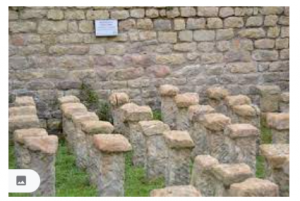
It is already well known how the Romans changed the face of military life. With their advanced techniques and armour they were able to beat pretty much anyone who came against them, however when the Celtic and Germanic people saw how good they had life many thought it would be a good idea to join them anyway. This was particularly true of the leaders of certain tribes and they soon realised that rather than live in their wattle and daub roundhouses they could have the luxury of a villa or townhouse. If we look at Roman Britain we can see lots of examples of this. The best preserved is at Chedworth Roman Villa. They have an extensive system of how the Romans heated their homes.
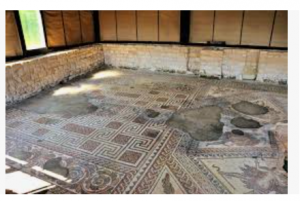
The Roman system of heating a home is called the hypocaust. In the villa there are three or four main rooms which feature ornate mosaics. Chedworth has a depiction of The Four Seasons. Underneath these mosaics is a system of coordinated tunnels whilst at the other end of the complex of villas is a large furnace room. In this furnace room servants or slaves would be burning enormous amounts of wood with the heat passing through the tunnels underneath the mosaics, heating them to a temperature which was comfortable. The furnace was also responsible for creating warm and very hot baths. In short the whole of the villa was designed purely for comfort.
You can also see later technological developments here. One room features a huge range of pillars which would have supported a large mosaic. The amount of wood needed to heat these places would have been tremendous. This would have been welcome on a cold winter’s day however on a warm day it would have been quite intolerable.
The mosaics would become cracked and damaged and would need some repair otherwise wisps of smoke would drift up through the bottom of them. The tunnels underneath would need cleaning and much like the chimney sweep boys of the Victorian era, small children would be sent into the tunnels to scrape away the carbon. At least if the Romans had access to a Cheltenham Boiler Servicing company like https://www.blu-fish.co.uk/gas-heating-services-cheltenham/boiler-servicing-cheltenham/ they would have been able to repair their heating in a much easier way.




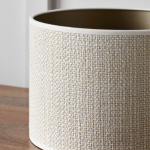




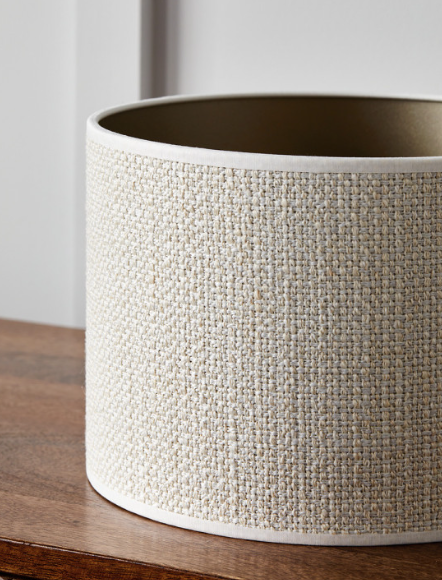
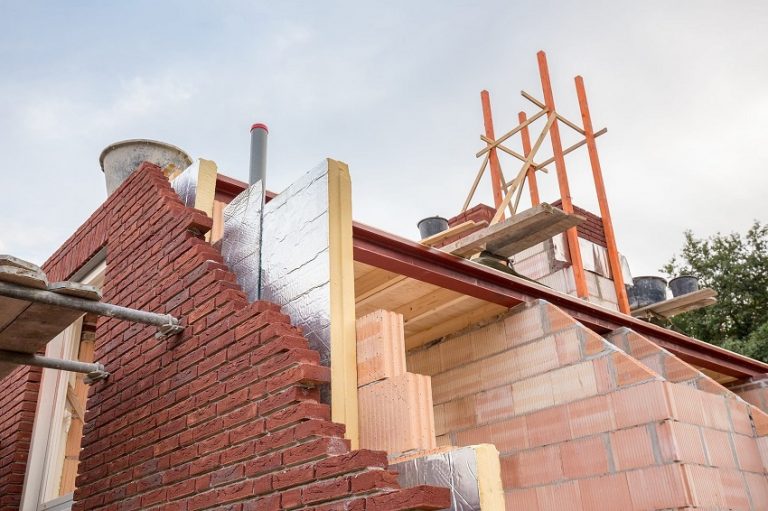
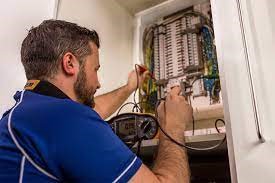


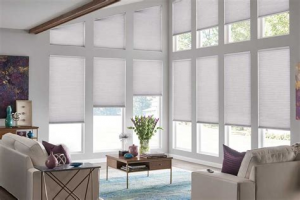





+ There are no comments
Add yours